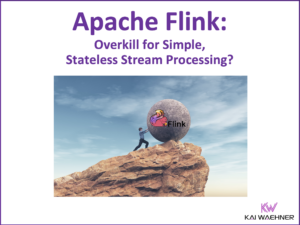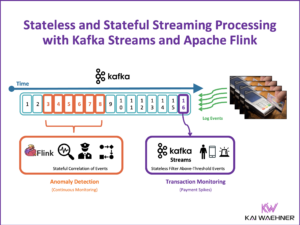Apache Camel Tutorial – Introduction to EIP, Routes, Components, Testing, and other Concepts
Data exchanges between companies increase a lot. The number of applications, which must be integrated increases, too. The interfaces use different technologies, protocols and data formats. Nevertheless, the integration of these applications shall be modeled in a standardized way, realized efficiently and supported by automatic tests. Such a standard exists with the Enterprise Integration Patterns (EIP) [1], which have become the industry standard for describing, documenting and implementing integration problems. Apache Camel [2] implements the EIPs and offers a standardized, internal domain-specific language (DSL) [3] to integrate applications. This article gives an introduction to Apache Camel including several code examples.




